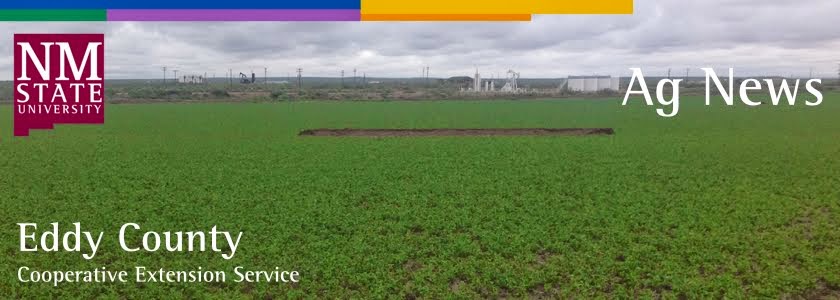FOR
INFORMATION AND ACTION
DA-2019-28
November
15, 2019
Subject: Federal
Order for U.S. Imports of tomato (Solanum lycopersicum) and pepper (Capsicum
spp.) hosts of Tomato brown rugose
fruit virus (ToBRFV)
To: State
and Territory Agricultural Regulatory Officials
Effective November 22, 2019, after
issuance of this notice, the USDA’s Animal and Plant Health Inspection Service
(APHIS) will restrict the importation of tomato (Solanum lycopersicum)
and pepper (Capsicum spp.) hosts of Tomato brown rugose fruit
virus (ToBRFV). APHIS has determined it is necessary to restrict the
importation of these plant species to prevent the introduction of ToBRFV into
the United States.
ToBRFV is a recently described
member of the Tobamovirus genus. This virus genus also contains other
economically important pathogens that infect vegetable crops, including Tobacco
mosaic virus (TMV), Tomato mosaic virus (ToMV), and Cucumber green mottle
mosaic virus (CGMMV). The disease caused by ToBRFV was first reported in 2014
in tomatoes in Israel. Since then, ToBRFV has been reported in China, Mexico,
Germany (eradicated), Italy, Jordan, Turkey, Greece, the United Kingdom, and
the Netherlands. Given the global nature of seed production and the
international movement of seeds, the distribution may be greater than reported.
Tomato and pepper are the two main
hosts. Symptoms caused by ToBRFV include bubbling and mosaic on leaves of
susceptible pepper, and fern leaf and mosaic on tomato leaves. On fruit,
symptoms include smaller fruit size with a rough surface, fruit drop, delay in
ripening, and fruit discoloration including blotching, pale color and/or brown
necrotic spots. Infected tomato fruits can be unmarketable or reduced in
quality. Necrosis can occur on susceptible pepper fruit.
Tobamoviruses are mechanically
transmitted and seedborne viruses. ToBRFV is mechanically transmissible through
infected sap of both tomato and pepper. Transmission occurs through touching
and manipulating infected plants. Transmission is common during transplant productions
or in crop production systems in which plants are regularly handled, such as
greenhouse operations.
To safeguard against the
introduction of ToBRFV into the United States, APHIS is restricting the
importation of tomato and pepper by requiring imported plants and plant
products to be free of evidence of ToBRFV, as specified in the attached Federal
Order. Currently, propagative hosts are considered high risk pathways for the
introduction of ToBRFV and under the conditions of the Federal Order, imports
of propagative material must be free from ToBRFV based on origin from an area
where the pest is absent or based on negative results of diagnostic testing.
APHIS is
placing restrictions on imports of fresh tomato and pepper fruit from
those countries where ToBRFV is present and that are approved to export to the
United States. Although the phytosanitary risk associated with infected fruit
is historically considered to be low, in light of reports of the transmission
of the virus from fruit, these interim measures are necessary to safeguard U.S.
tomato and pepper production while APHIS fully evaluates emerging scientific
evidence on ToBRFV. Specifically, APHIS will require tomato and pepper fruit
imported from Mexico, Israel, and the Netherlands (countries approved to export tomatoes where ToBRFV is present) to be
inspected at the point of origin to ensure it is free of disease symptoms.
Because Canada imports tomato and pepper fruit from Mexico that are re-exported
to this country, APHIS will also require tomato and pepper fruit from Canada to
be inspected at the point of origin to ensure it is free of disease symptoms.
In addition, U.S. Customs and Border Protection (CBP) will increase inspections
at U.S. ports of entry to ensure imported tomato and pepper fruit entering from
Mexico, Israel, the Netherlands, and Canada do not show any signs of disease
upon arrival.
We will also restrict importation
of tomato and pepper fruit worldwide to commercial consignments only and
prohibit imports in passenger baggage.
These requirements for imported
fruit will remain in place until APHIS completes its risk analysis of the fruit
pathway for ToBRFV introduction into the United States and determines
appropriate regulatory action.
For additional information regarding
this Federal Import Order, please contact Dr. Angela McMellen-Brannigan at
301-851-2314 or Angela.McMellen-Brannigan@usda.gov.
